I initially “cut the cord” to save myself money.
At the time, it did save me a lot. I traded in a $70/month cable subscription for a $10 Netflix subscription.
Then all the other streaming services came out. HBO Now, Prime, Hulu, Disney+, Showtime, and all the rest. When I add them all up, I get right back to $70/month.
Are there options to watch TV for free and still save money?
You do have options to watch TV for free. We looked into it and put together a complete guide on how to do it.
The True Cost of Watching TV Online
Watching TV online through a pay streaming service subscription is a popular choice for people after they cut the cord.
Streaming services deliver what’s almost an à la carte way of watching television. You can select a service that has the channels you want, eliminating channels you never watch (and their costs).
However, there are some significant expenses with streaming services. They’re not quite as costly as cable or satellite TV, but they’re closer than the marketers want you to believe.
- Internet service: When you stream, you will need to pay a monthly charge for a high speed Internet connection. (Perhaps you already do this.) Depending on where you live and the speed you want, this can cost $40 to $100 per month. You’ll want a minimum speed of 5 Mbps for streaming HD quality video. And if you are streaming to more than one TV at a time, they each need 5 Mbps access. So for two simultaneous streams, your total Internet speed would need to be a minimum of 10 Mbps. For 4K quality video, you need a minimum of 25 Mbps. Higher Internet speeds cost more per month.
- Streaming subscriptions: Streaming subscriptions vary in price. They can be as low as $5/month. For streaming services with popular cable channels that offer live programming like ESPN, Sling, Hulu Live, and AT&T TV Now, you’ll pay $25 to $100 per month.
Even if you only get two subscriptions, you’ll end up paying about $25/month plus your internet bill. On average, you’re looking at $100/month for a decent internet connection and two subscriptions. If you want 3-4 subscriptions, expect to pay $150/month all-in.
Is it Really Possible to Watch TV For Free?
For those who want to watch TV online for free, many options exist. Mind you, not all of them are legal, especially the peer-to-peer sites. If you watch copyrighted material illegally on a website, you could be subject to receiving a copyright infringement letter from your ISP.
Fortunately, multiple free TV options exist that are legal. Keep in mind that they don’t give you the same level of service of a pay TV subscription.
Here are some of the drawbacks of going with free online TV versus a pay TV subscription.
- Commercials: Many free TV sites force you watch commercials, and you cannot skip them like you can with a DVR. At best, you can mute until it’s over.
- Quality: Finding HD video quality on a free online TV streaming service is hit and miss. Finding 4K quality video is rare. And if your Internet signal is not consistent, you’ll have constant pauses and skips in your shows or a drop in video quality, which is frustrating. If you must have high quality video with your TV shows, free online TV may not be for you.
- Newer shows: Free services don’t typically have the latest episodes of shows like you’ll find with pay streaming services and cable or satellite TV subscriptions.
- Time spent searching: Finding a specific show can be a bit of a challenge with free TV online services. You may end up using several different services to find all of the shows you want.
- Sports: Sports fans will not be happy with legal free online TV options. They have almost no live sports events.
Those who don’t mind putting in a bit of work to find the shows they want will be better candidates for free online TV. If you like your TV watching options well-structured and set up for ease of use, a cable or streaming subscription is worth the expense.
7 Options for Watching TV Online for Free
1. Borrow Someone Else’s Account
If you have a family member or friend who’s willing to let you have the account information for their Netflix, Hulu Live, or streaming service account, you can watch TV online for free. Most of these services allow two or three people to access the same account at one time.
2. Use a Free Streaming Service
Streaming services that are free for users typically are ad-supported, so you’ll have to watch quite a few commercials. These services are available through a smart TV app or a website. They don’t have very many newer shows, like paid streaming services do. But there are some shows on these services that you will not find elsewhere.
- Crackle: The Crackle web site offers access to several dozen TV shows and hundreds of movies. You do have to create an account but it’s a free process. It has very popular older shows like The Facts of Life or Roseanne. It even has some original programming.
- Internet Archive: With Internet Archive’s free TV section, you can choose to watch some old TV shows, along with classic commercials. There are replays of some live news shows for important events, such as 9/11. It definitely has things you won’t see anywhere else.
- Pluto: Pluto TV is about the closest thing to live TV that you’ll find for free. It offers free on demand and live shows, and you’ll select them through a series of “networks” on Pluto’s channel guide. All you’ll be missing is the remote in your hand to scroll through channels.
- Popcornflix: With Popcornflix, you can see quite a few 1990s children’s shows, which is fun for those seeking some nostalgia. It also has many different TV shows and movies across other genres, including some foreign films and documentaries.
- Retrovision: If you really like old television shows and movies, Retrovision is made for you. You’ll find quite a few shows and movies from the 1930s, 1940s, and 1950s here, as well as a few newer ones.
- Snagfilms: The site’s name may not be all that great, but Snagfilms gives you thousands of movies and older TV shows. Its claim to fame, though, is a large number of documentaries.
- Tubi: Tubi offers mainly movies for free, along with some TV shows, in an ad-supported format. With a free account, you can create a list of your favorite shows and movies, or you can resume a movie you stopped watching earlier.
3. Visit a Network Website
The major broadcast networks (FOX, ABC, et cetera) and some cable networks allow you to stream the latest versions of current shows for a week or so after the show originally airs. You also will find episode recaps and special clips about the shows at the network web site.
You will have to watch commercials, but this is a great way to stay up to date on current shows, all for free.
4. Watch Digital Media Through Your Library
If you still have a library card, don’t throw it away. You may be able to use it with hoopla, which is a digital media service. Public libraries allow you to use hoopla to borrow digital media for a limited amount of time.
You can watch TV shows and movies online for free this way, all by checking them out using your local library card. Items like audiobooks are also available.
5. Sign Up for Free Trials
Most pay subscription streaming services give you a free trial period between 7 and 30 days where you can try the entire service for free. You may have to provide a credit card number to sign up for the free trial, and you have to remember to cancel the service before the trial expires or the service will charge your card.
You can only use this free trial trick once per email address. It is extra work, especially for short trials. But it is an option.
6. Check With Your Cellular Carrier
Sometimes, a cellular carrier will give its customers access to digital media, including some TV shows and movies. For example, Verizon is currently giving its customers free access to the Disney+ streaming service for up to a year.
7. Visit the Websites for Your Local Broadcasters
Your local broadcast channel websites won’t show movies and TV shows. However, you can access local news stories, weather broadcasts, and sports highlights through these websites. You also sometimes can stream the local newscast each night.
Budget TV Online – Cheap But Not Free
Say you don’t mind spending a little money for TV, as long as you receive a better quality than the free TV options. You have some choices here too.
- On demand shows: Services like Netflix and Amazon Prime do not have popular cable channels like AMC or ESPN for live TV. However, they have thousands of on demand titles, as well as some original programming. They cost $8 to $15 per month.
- Focused streaming services: Services like Disney+ and CBS All Access give you the ability to watch shows from a particular provider for a low price per month of around $5 to $12. Of course, these costs add up quickly if you have more than one service.
- Over-the-air networks: You probably have several channels available to you through an over-the-air broadcast signal. These local networks broadcast major network programming, as well as local news programs. Purchase an easy-to-set-up HD antenna for $25 to $75, and you can pull in these signals for free, including some sports.
- Digital rentals: Through services like VUDU the Google Play Store, you can rent movies and TV shows digitally for a reasonable price.
Cutting the Cord Successfully
When you want to watch TV online for free, you have quite a few options. Best of all, quite a few of them are legal.
You may need to be fairly creative to figure out just how to watch the shows you want. And you may need to use more than one free TV service. But when you remember you’re paying $0 for your TV bill, you won’t mind doing a little bit of extra work.
For those who truly love their TV and love saving money, watching TV online for free is tough to beat.
Watch TV Online For Free: The Complete Guide is a post from: I Will Teach You To Be Rich.
from I Will Teach You To Be Rich https://ift.tt/2MGGUhp
#money #finance #investing #becomerich
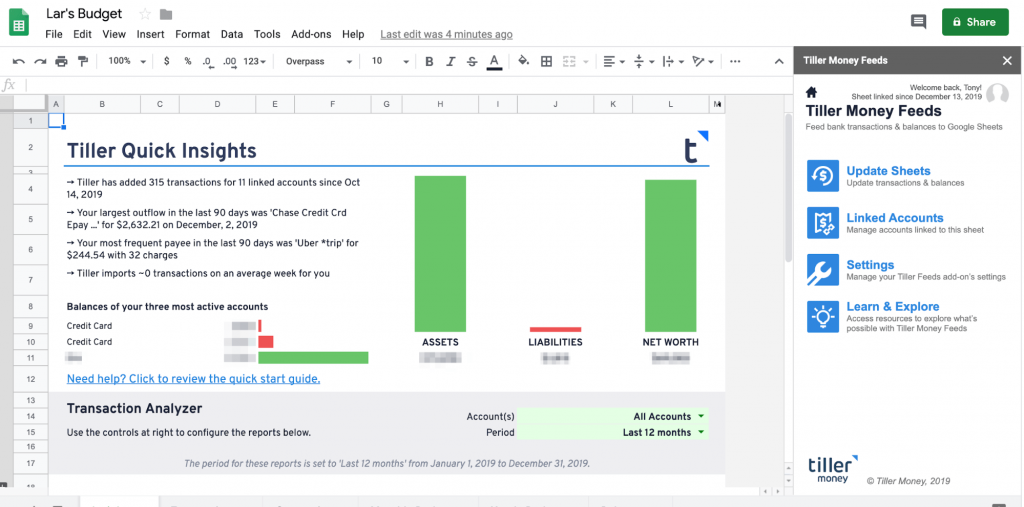
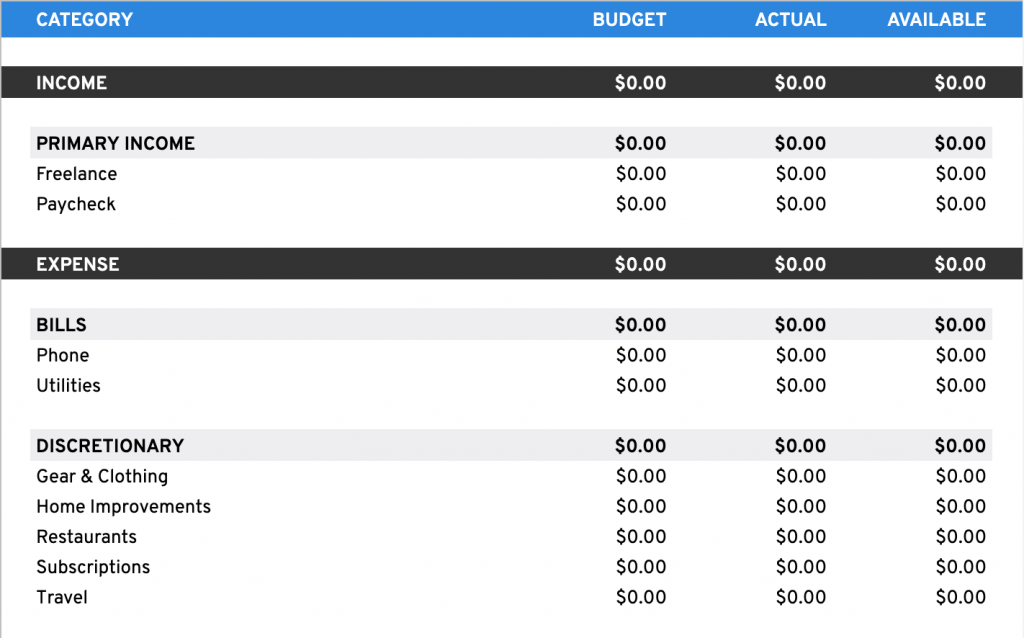
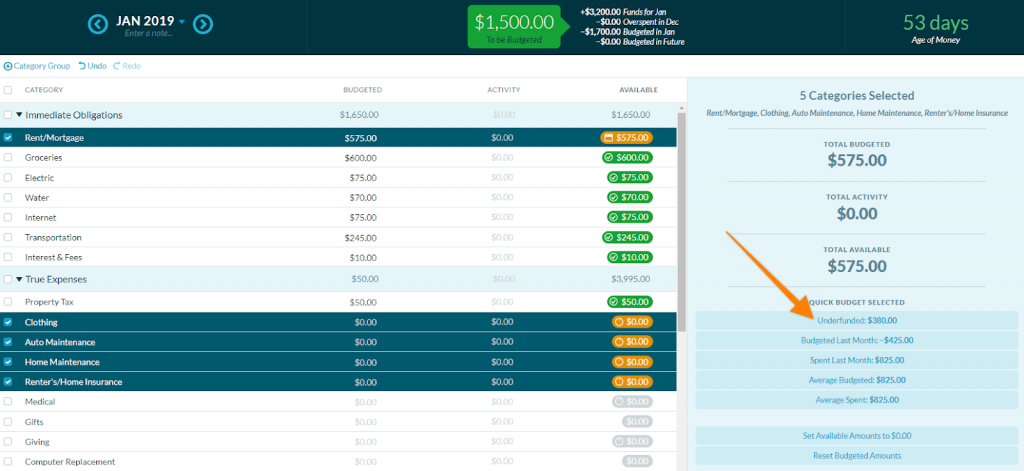
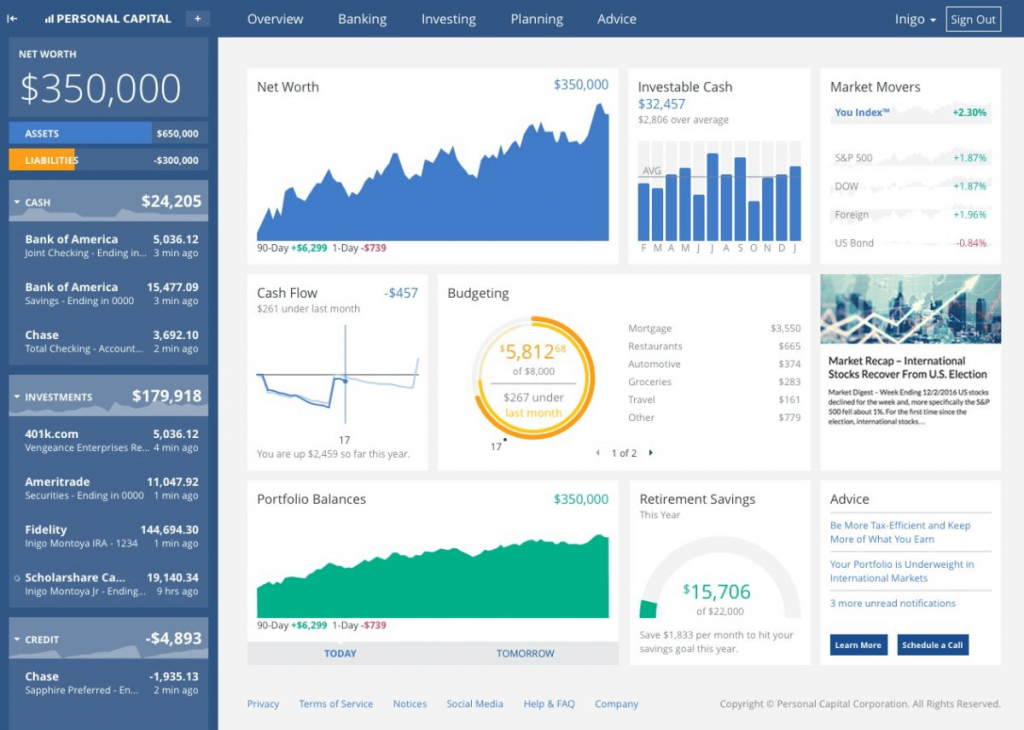
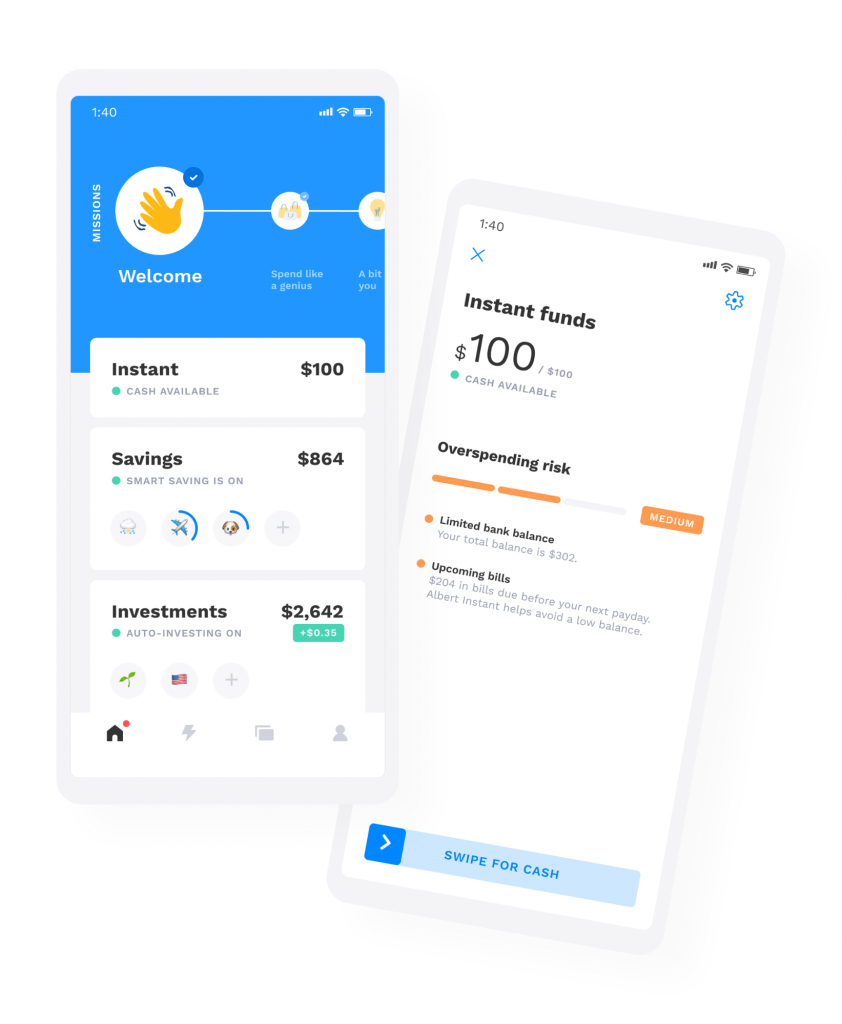

 I chopped the vegetables, boiled the rice, seared the meat, made the sauce. But when I reached the final step — “finish and serve” — I hit a wall of sorts.
I chopped the vegetables, boiled the rice, seared the meat, made the sauce. But when I reached the final step — “finish and serve” — I hit a wall of sorts.